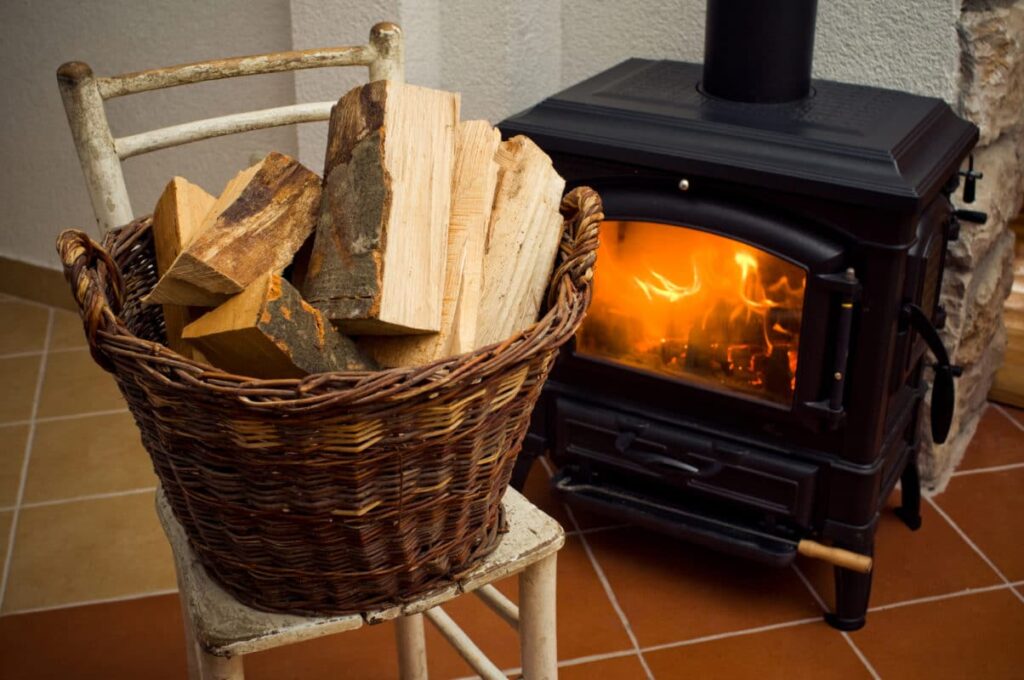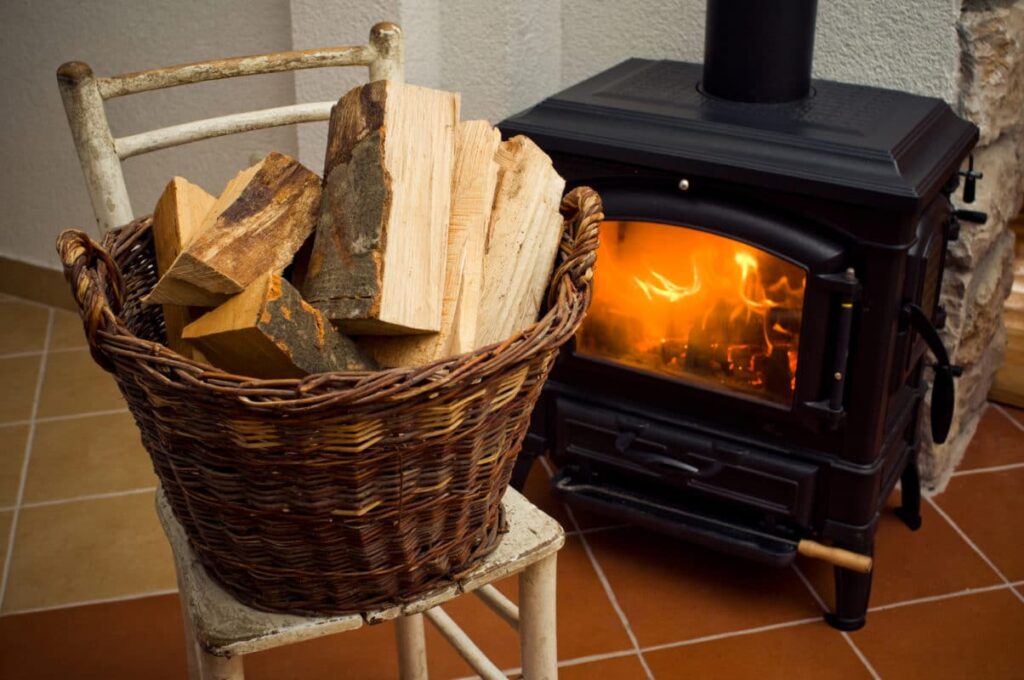Are wood burners healthier than open fires

As the temperatures drop, we all yearn for the comfort of a warm and cozy fire to snuggle up in front of. But when it comes to heating our homes, there’s an age-old debate: are wood burners healthier than open fires? While both options provide warmth and ambiance, there are distinct differences between them that can affect your health. In this blog post, we’ll explore the benefits and downsides of using a wood burning stove, how to choose the right one for you, and ultimately answer the question – which is better for your health? So sit back with a cup of hot cocoa as we delve into this fiery topic!
The Pros and Cons of Wood Burners
Wood burners have become increasingly popular in recent years as a more cost-effective and eco-friendly way to heat homes. However, like any heating system, they come with their own set of pros and cons.
One major advantage of wood burners is that they are generally more efficient than open fires. They can produce up to three times the amount of heat from the same amount of fuel, making them a great option for those looking to save money on their energy bills.
Another benefit is that wood burners are better for the environment compared to fossil fuels like gas or oil. Burning wood releases carbon dioxide into the atmosphere, but it’s considered carbon-neutral since trees absorb CO2 during their lifetime.
However, there are also some downsides to consider when using a wood burner. The first is the initial cost – purchasing and installing a high-quality unit can be expensive upfront. Additionally, there’s ongoing maintenance required such as cleaning out ash regularly.
While wood burners provide an excellent source of warmth and ambiance in your home during winter months; outside this period homeowners may find themselves needing additional sources of heating which could increase costs further down the line.
How to Choose the Best Wood Burner for You
Choosing the best wood burner can be a daunting task with so many options available in the market. Here are some tips to help you choose the right one for your home.
Firstly, consider the size of your room and how much heat output is required. A larger room will require more heat output than a smaller one. You’ll need to check each model’s specifications to see if it fits your needs.
Secondly, decide on the type of fuel that you want to burn – whether it’s wood or multi-fuel – as this will limit your options. Wood burners tend to be more efficient but multi-fuel burners offer flexibility in terms of fuel types.
Thirdly, look at design features such as airwash systems and clean-burn technology which can improve efficiency while reducing emissions.
Fourthly, think about what style would fit well with your decor – from traditional cast iron stoves to sleek contemporary designs.
Make sure that you choose a reputable manufacturer who offers warranties and after-sales support. This way you can have peace of mind knowing that any issues can be resolved quickly and efficiently.
The Different Types of Wood Burners
When it comes to wood burners, there are several different types available in the market. The most common ones include freestanding stoves, fireplace inserts, and pellet stoves.
Freestanding stoves are a popular choice for homeowners who want an efficient heating option that can also double as a focal point in their living room or dining area. These wood burners come in various sizes and styles to suit different needs and interior designs.
Fireplace inserts are designed to fit into existing masonry fireplaces, converting them into more efficient heating units. They’re ideal for people who already have traditional fireplaces but want to improve their performance without having to replace them entirely.
Pellet stoves use compressed sawdust pellets as fuel, making them highly energy-efficient and eco-friendly. They’re easy to operate and maintain, providing consistent heat output throughout the day.
Other types of wood burners include outdoor models that can be used for cooking or entertaining purposes, as well as boiler systems that can provide hot water or central heating for larger homes.
No matter which type you choose, make sure it’s suitable for your specific requirements while being safe and compliant with local regulations.
What Kind of Wood Burners Work with Different Types of Fuel
When it comes to choosing the right wood burner for your home, one important consideration is the type of fuel you plan on using. Not all wood burners are created equal when it comes to accepting different types of fuel.
Firstly, there are multi-fuel stoves which can burn a range of fuels including wood, coal and peat. These stoves have a grate that allows air flow underneath so that other fuels can be burned effectively.
On the other hand, some wood burners are designed specifically for burning only wood. These models typically have a flat base with no grate for accommodating solid fuels.
It’s also worth noting that some manufacturers produce specially formulated briquettes made from recycled materials or compressed sawdust that may not be suitable for use in traditional open fires but work well in certain types of wood burners.
In summary, it’s crucial to consider what type of fuel you’ll be using before purchasing a wood burner as not all models are compatible with different types of fuel. Take the time to research and find a model that suits both your heating needs and preferred fuel source.
The Top Ten Tips for Safe and Healthy Burning with a Wood Burner
While open fires have their charm, wood burners are a healthier and more efficient option. They produce less smoke and particulate matter, making them better for the environment and your health. Plus, they provide a consistent heat source with less maintenance required.
However, it’s important to remember that just like any other heating appliance or fire source, you need to use wood burners safely. By following these top ten tips for safe and healthy burning with a wood burner, you can enjoy the benefits of this heating method without putting yourself or your home at risk:
1. Always follow manufacturer instructions when installing or using your wood burner.
2. Use only dry and seasoned hardwood in your wood burner.
3. Keep flammable items away from your wood burner.
4. Install carbon monoxide detectors near your wood burner.
5. Have an annual inspection done by a professional chimney sweep to prevent creosote buildup.
6. Don’t overload the stove with too much fuel as this can cause overheating or ignition of nearby combustibles.
7. Use proper ventilation to ensure good airflow around the stove and throughout the room
8. Maintain proper clearance between combustible materials such as furniture or curtains
9. Never leave children unattended around a hot stove
10. Always keep adequate fire extinguishing equipment on hand
By keeping these tips in mind while using your wood burning stove ,you can stay warm all winter long without sacrificing safety or health!

